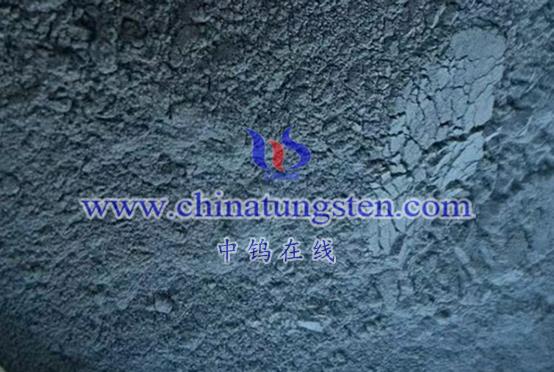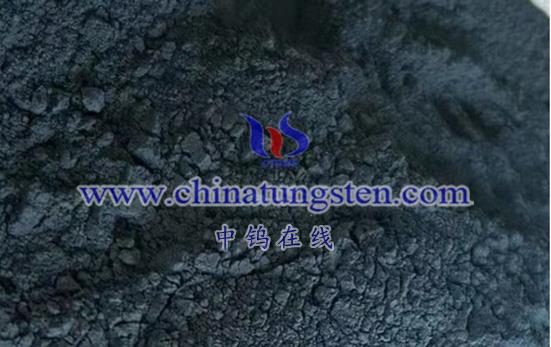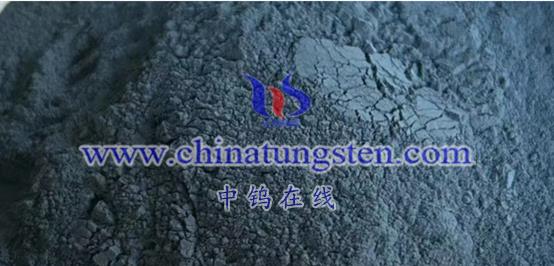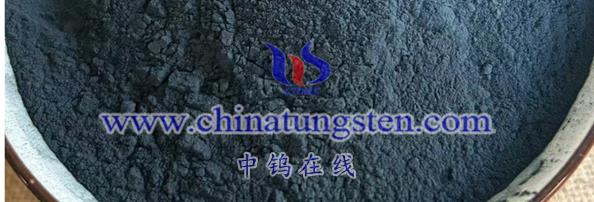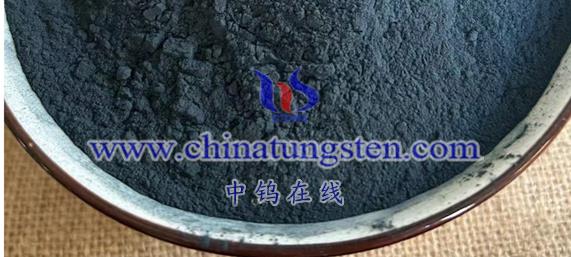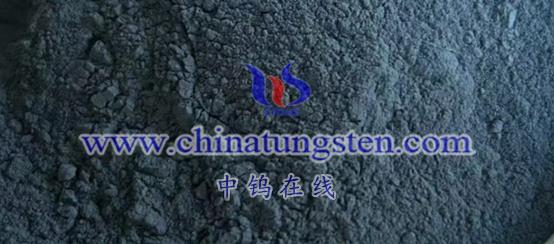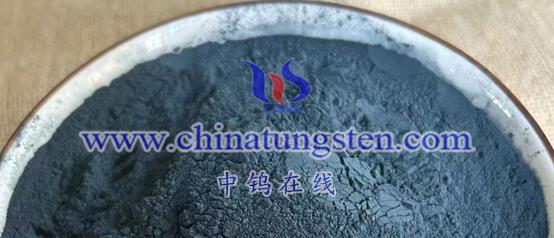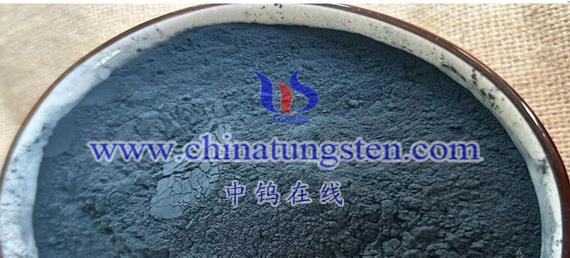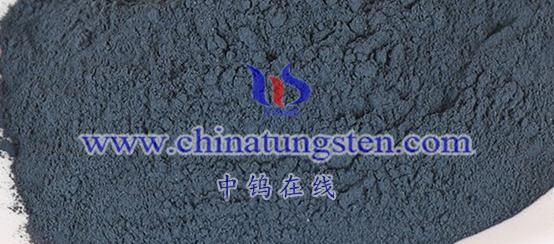
Oxygen vacancies on the surface of tungsten oxide (WOₓ) have a significant impact on photocatalysis, affecting various aspects of its performance. Here’s a detailed analysis of these influences:
- Promoting Charge Carrier Separation
- Efficiency of Charge Carrier Separation: Surface oxygen vacancies facilitate the separation of photogenerated electrons and holes. Research, such as that by Professor Li Xinguang from Tianjin University, suggests that surface oxygen vacancies are more effective than bulk vacancies in enhancing the separation efficiency of charge carriers. This reduction in electron-hole recombination leads to improved photocatalytic efficiency.
- Enhancing Light Absorption Performance
- Extended Light Absorption Range: Studies indicate that oxygen vacancies can broaden the light absorption range of semiconductors, allowing them to absorb a wider spectrum of light. While this effect is not solely attributed to surface vacancies, their role in this enhancement is significant.
- Band Gap Modification: Surface oxygen vacancies may also alter the band gap of tungsten oxide, effectively narrowing it. A smaller band gap allows the semiconductor to absorb lower-energy photons, thus increasing its light absorption capacity.
- Increasing Photocatalytic Activity
- Oxidation Potential: Surface oxygen vacancies can lower the valence band edge, resulting in photogenerated holes with higher oxidation potential. This is beneficial for oxidation processes, such as oxygen evolution reactions, since a higher oxidation potential translates to stronger oxidative capabilities.
- Generation of Reactive Species: In photocatalytic applications like disinfection, surface oxygen vacancies can promote the generation of reactive species (e.g., hydroxyl radicals), which exhibit strong oxidative effects against bacteria and other microorganisms, enhancing the photocatalytic sterilization efficiency.
- Modulating Band Structure
- Changes in Band Structure: The presence of surface oxygen vacancies can modify the energy band structure of the semiconductor, such as shifting the valence band position. This alteration impacts light absorption characteristics and may influence the mobility and recombination processes of charge carriers, thereby affecting overall photocatalytic performance.
- Influencing Photocatalytic Reaction Mechanisms
- Reaction Pathway Modulation: Surface oxygen vacancies can change the reaction pathways of photocatalytic processes, influencing reaction efficiency and product distribution. For example, in photocatalytic water splitting, these vacancies can facilitate the adsorption and activation of water molecules on the catalyst surface, accelerating the oxygen evolution reaction.
- Performance in Practical Applications
- Enhanced Photocatalytic Efficiency: Numerous studies demonstrate that tungsten oxide catalysts containing surface oxygen vacancies exhibit higher photocatalytic efficiencies. For instance, in photocatalytic sterilization experiments, tungsten oxide modified with surface vacancies achieved greater bacterial inactivation rates in a shorter time frame.
Conclusion
Oxygen vacancies on the surface of tungsten oxide play a crucial role in enhancing photocatalytic activity through various mechanisms, including promoting charge carrier separation, improving light absorption, increasing oxidative potential, modulating band structures, and influencing reaction mechanisms. These effects highlight the importance of optimizing surface oxygen vacancies to enhance the performance of tungsten oxide photocatalysts in various applications, such as environmental remediation and energy conversion.
More details of tungsten oxide product, please visit website: tungsten-oxide.com
Please contact CHINATUNGSTEN for inquiry and order of tungsten oxide:
Email: sales@chinatungsten.com
Tel.: 86 592 5129595
